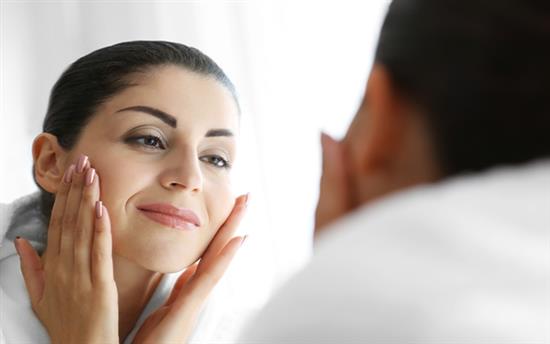
Non-surgical facial rejuvenation treatments after anti-ageing surgery increasing
An article published last week has revealed that non-surgical facial rejuvenation treatments in combination with surgical anti-ageing procedures are on the rise. Published via Examiner’s healthcare section, the author recognised the combination of both surgical and non-surgical procedures as an important step in the ‘seamless’ transition for patients post-operatively, especially in regards to facial rejuvenation. The article highlighted an important factor for patients undergoing anti-ageing facial rejuvenation surgeries – such as facelift surgery and neck lifts – that while these surgical procedures can rejuvenate the face, there are “steps to help maintain a renewed natural and youthful canvas.”
It is often the case that once a patient has achieved his or her aesthetic goals by way of cosmetic surgery, a non-surgical facial rejuvenation plan will be set to enhance and/or maximise the long-term results of, say, a facelift. This in large part is due to the limitations of surgery, for while lax skin may be lifted and muscles under the skin can be tightened, surgery cannot correct lines and wrinkles, or poor skin texture. For this reason, patients often seek or are recommended further rejuvenation treatments such as skin peels and dermal fillers to improve the results of anti-ageing facial surgery.Patients must be medically cleared before any further facial rejuvenation treatments are planned or offered, and should be considered as part of a wider anti-ageing treatment plan following surgery. In some cases, a non-surgical facial rejuvenation treatment may be offered pre-surgery.
Non-surgical facial rejuvenation treatment to follow surgery
Muscle relaxing injections contain botulinum toxin and are used to freeze the muscles of the face, therefore, preventing wrinkles or lines from forming. The most popular of all muscle relaxing injections is known widely as ‘Botox’ and it is mainly used on the brow, between the brow and around the eyes. Sometimes if muscle relaxing injections are not completely effective in eliminating deep lines in the frown area then fillers can be used to further enhance the effect. Dermal fillers are also injections and are used to combat the signs of ageing by targeting the deeper lines and wrinkles on the face. Usually the lips and lines around the mouth are the most commonly treated area. Fillers can be used to fill-out the deep depression under the eyelid (tear-¬trough) and also used to fill hollowness in the cheek.
Chemical peels on the other hand are essentially acids which are used to remove the outer layer of the skin revealing a fresher looking skin. They can be used on the face, neck and chest to improve fine lines and wrinkles, blemishes and uneven pigmentation. It can take between one and two weeks for the skin to recover after a chemical peel. During the recovery time, the surface skin will peel off, revealing fresh, glowing and youthful looking skin in replacement. Chemical peels can also be used after facelift surgery to further rejuvenate and refresh the skin.
Similar to chemical peels, laser skin resurfacing works by removing the outer layer of skin but it also remodels the collagen underneath the skin, tightening it to reveal youthful looking results. The most common area to be treated with laser skin resurfacing is around the eyes and the mouth. Mr. Jag Chana uses the carbon dioxide laser to administer this treatment, which is strong so may require some anaesthetic.
Each of these procedures offers non-invasive, non-surgical, quick and easy way to combat the signs of ageing with little to no pain at all. If you are interested to learn more about facial rejuvenation treatment in London – whether that’s surgical procedures such as facelifts and neck lifts or anti-ageing skin rejuvenation treatments such as skin peels and dermal fillers, book your consultation with plastic surgeon, Mr. Jag Chana.
